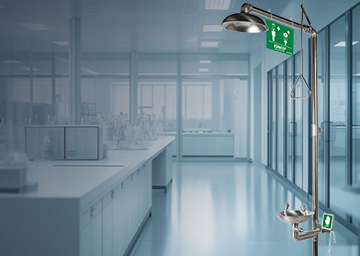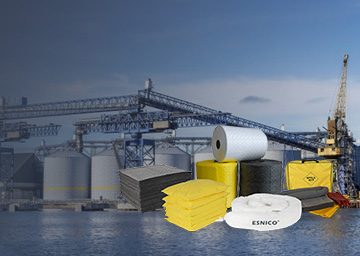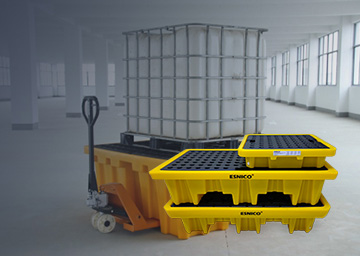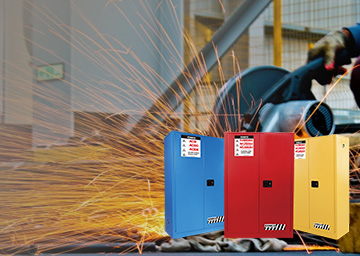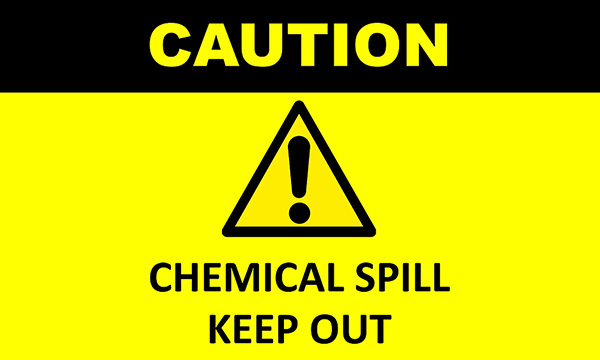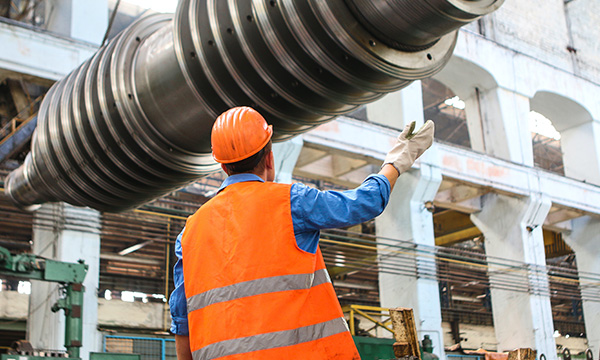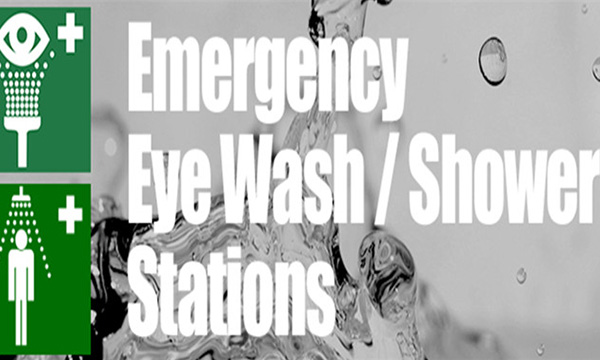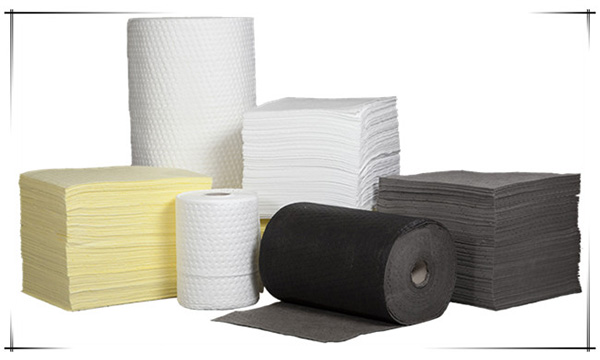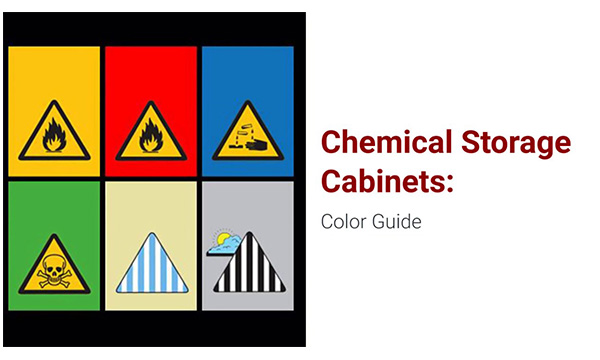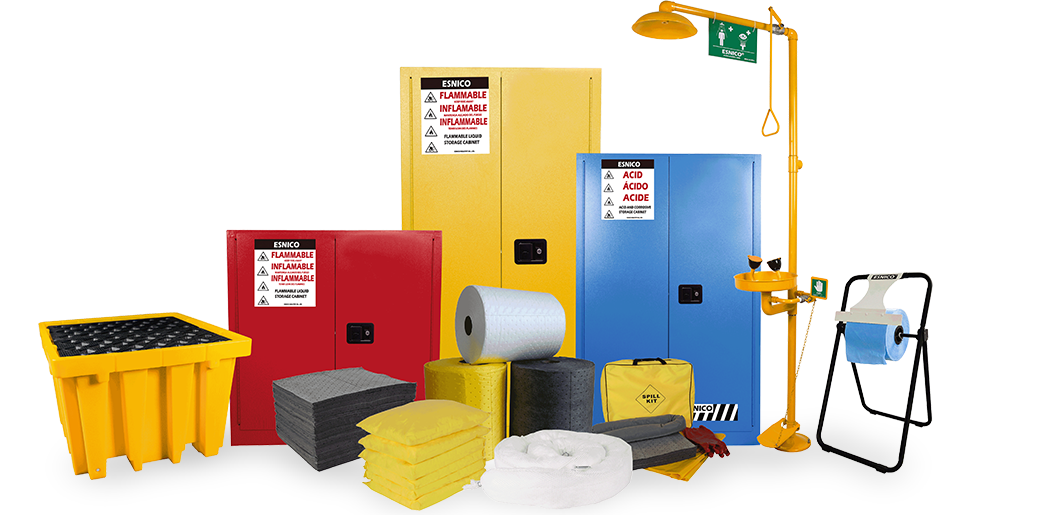The usual emergency measures for the leakage of hazardous chemicals, the source of the leakage must first be controlled after personal protection and other works are done. If possible, the further spread of the chemicals can be eliminated by controlling the spill or leakage of the chemicals. Kindly refer to the following ways
By closing the relevant valves, stopping the operation, or by adopting methods such as changing the process flow, passing the material to the secondary line, local shutdown, cycling, and load-reducing operation. After the container leaks should be taken to repair and block the cracks to prevent further leakage of chemicals, which is very critical for the entire emergency treatment. The success of plugging depends on several factors the degree of danger near the leak point, the size of the leak hole, the actual or potential pressure at the leak point, and the characteristics of the leaking material.
Disposal of spills
After the leakage is controlled, the on-site leakage should be covered, contained, diluted, and treated in time so that the leakage can be safely and reliably disposed of to prevent the occurrence of secondary accidents. The main methods for disposing of spills on the ground are as follows If the chemical is liquid, it will spread and spread when spilled on the ground, making it difficult to collect and process. To this end, it is necessary to build a dike to block or divert the flow to a safe place. To this end, it is necessary to build a dike to block or divert the flow to a safe place. When liquid leakage occurs in the storage tank area, the rainwater valve shall be closed in time to prevent materials from flowing out along the open ditch.
For liquid leakage, in order to reduce the evaporation rate of the material to the atmosphere, foam or other covering materials can be used to cover the leaked material and form a covering layer on its surface to inhibit its evaporation. Or use low-temperature cooling to reduce the evaporation of leakage.
In order to reduce air pollution, water cannons or fire hoses are usually used to spray a mist of water to harmful vapor clouds to accelerate the gas diffusion to high altitude and make it diffuse in safe areas. When using this technology, a large amount of polluted water will be produced, so the sewage discharge system should be dredged. For combustibles, a large amount of water vapor or nitrogen can also be applied on-site to destroy the combustion conditions.
For large-scale liquid leakage, you can choose to use a diaphragm pump to pump the leaked material into the container or tank; when the leakage is small, it can be absorbed and neutralized with sand, absorbent materials, and neutralizing materials. Or use the curing method to deal with leakage.
Transport the collected leakage to the waste disposal site for disposal. Flush the remaining small amount of materials with fire-fighting water, and drain the flushing water into the oily sewage system for treatment.
For daily sub-packaging and handling tasks, it is recommended to use a leaking tray to prevent small-scale liquid leakage from affecting the safety and normal work of the factory. Leakage trays are professionally used for leak-proof storage of chemical raw material barrels, to help you solve the possible leakage concerns when filling and distributing liquids. It is used for the large-scale storage of flammable liquids or chemicals. It is especially suitable for raw material warehouses and chemicals. Warehouse etc. In the event of leakage, all liquid will be automatically injected into the leakage area of the tray along the tray grid, and will not pollute the on-site environment.
If the leaked liquid is all concentrated inside the tray, please clean it up immediately; if the leaked area spreads, ask the professional to use the corresponding chemical to absorb the product to stop the leak and absorb it in time.

